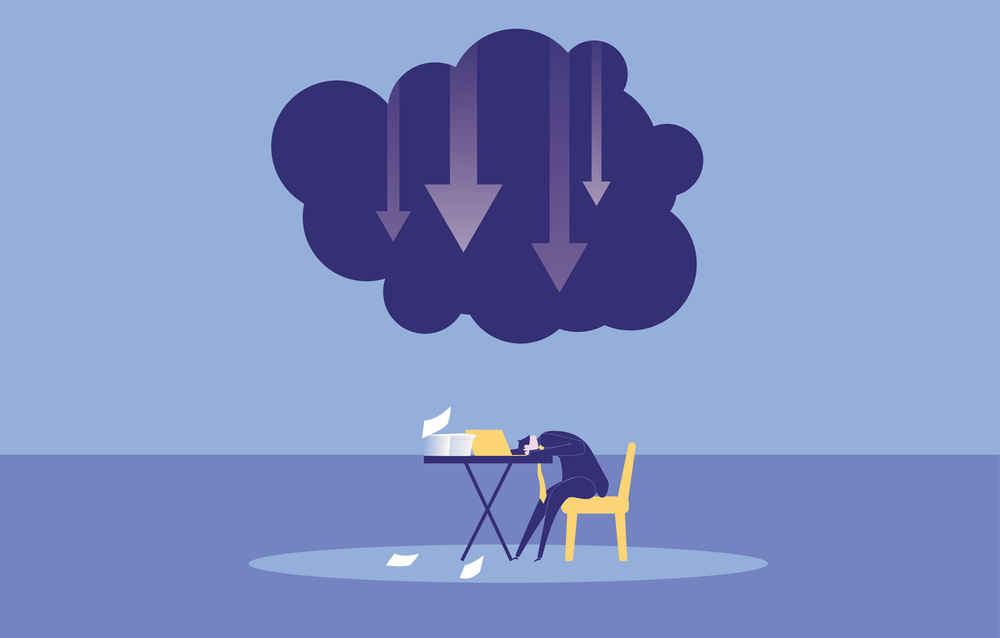Managing people can be the most difficult part of owning a small agency. Most agency owners are not trained in human resources management, and far too few understand the legalities of hiring and firing, let alone the myriad legal precedents related to daily personnel management. So when issues arise involving employee performance, it pays to have some resources on file that you can refer to as guides for best practice HR management. Second Wind is happy to help.
When an employee starts making errors, missing assignments, forgetting to fulfill routine tasks or just plain messing up the workflow for everyone else in the agency, it is an agency management responsibility to step in and figure out why these problems are happening. Most agency owners might simply call the employee on the carpet and give them a verbal whipping to try to scare them straight. But while that may help the agency owner to relieve some stress, it fails to get to the root of the problem.
Here are some questions you should ask when you meet with the errant employee:
Performance Improvement Questions
Is there something about the workflow system that is causing the person to fail?
Does the employee know exactly what you want him/her to do? Have you clearly defined goals and expectations? Does the employee share your vision for the end result?
Is the employee confident in his/her competence to perform the tasks associated with these goals? Often, procrastination results from employees lacking confidence in their ability to meet expectations, or being overwhelmed with the sheer size of the task.
Is the employee effectively managing his/her workload? As an example, does the person break large tasks into smaller, actionable chunks? Does the employee have a method for tracking project progress and organizing priorities?
Does the employee break down assignments into a critical path for completing assigned tasks? Like the critical path your production staff creates when they schedule a client project, an employee-specific critical path identifies major project milestones the employee needs to meet. Is there anything unreasonable in your expectations regarding deadlines for a project?
Are the necessary people or teams available to help the employee accomplish the project? Are other members of the team keeping their commitments and if not, is there something the employee can do to help them?
Does the employee understand how his/her work fits into the larger picture of overall agency workload? Does s/he appreciate how the work adds value to the agency's success?
Is the employee clear about what constitutes agency success? Perhaps the employee considers his/her contribution to be good work and believes you are a picky, micro-managing supervisor. How can you clarify and correct this discrepancy in perceptions?
Does the employee feel valued and recognized for the work s/he is contributing? Does the employee feel fairly compensated for his/her contribution? How can you improve the employee’s sense of being fairly treated and respected?
Is the employee’s under-performance rooted in broken promises made by agency management? When did the employee last receive feedback or an evaluation? When was his/her last raise? Was a promotion promised but never realized?
When you know the root cause of an employee performance problem, you can guide the employee back onto the “right path.” A good way to do this is to create a performance improvement plan. This plan sets goals and objectives (with real dates for review and assessment), and provides for support and feedback at regular intervals. Include training and mentoring where needed. Creating and tracking an employee performance improvement plan also builds a paper trail you can keep on file should the employee not improve, allowing you to back up a possible termination with clear proof the employee did not correct unacceptable behavior. (Use the planning form in conjunction with a career goals and action form to set objectives and positively redirect employees.)
If this process seems burdensome, remember that an agency’s greatest assets are its people. The cost to find, hire and train new people is astounding, so agency owners and managers should devote as much time as necessary to nurturing and training the valuable employees they already have.

